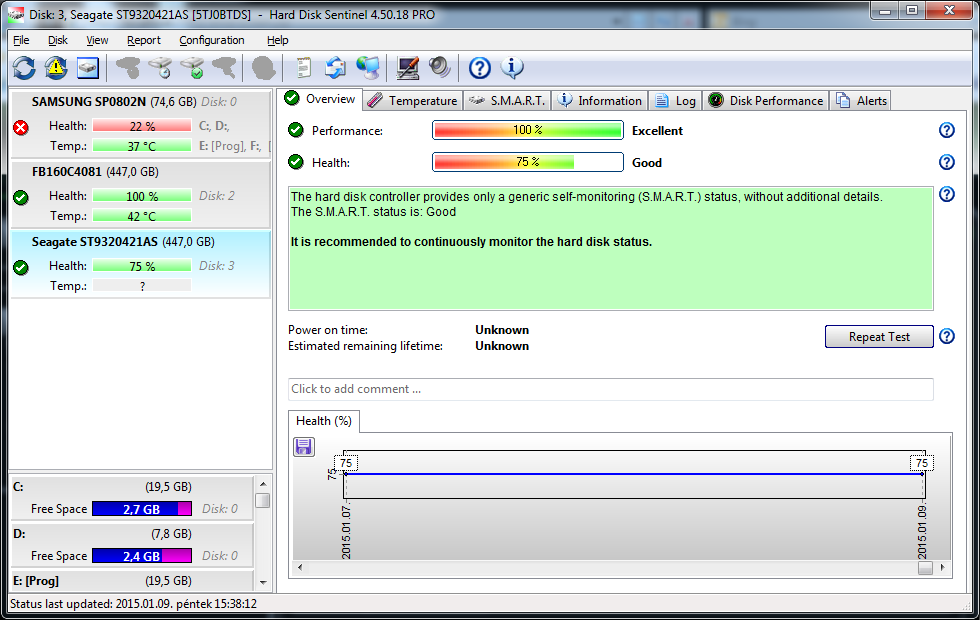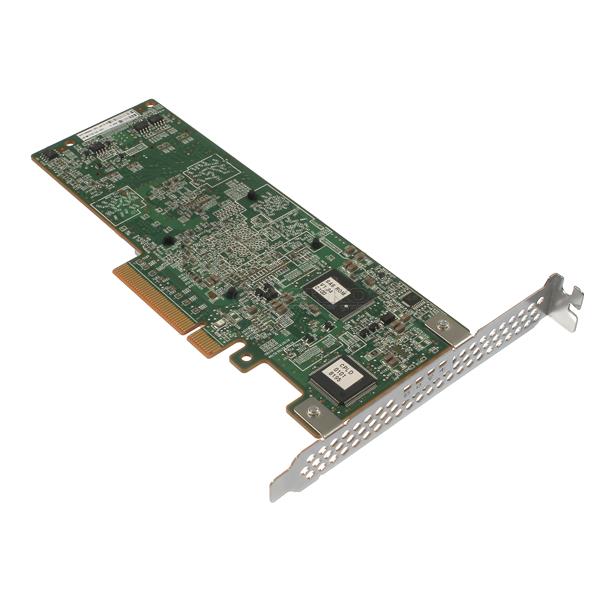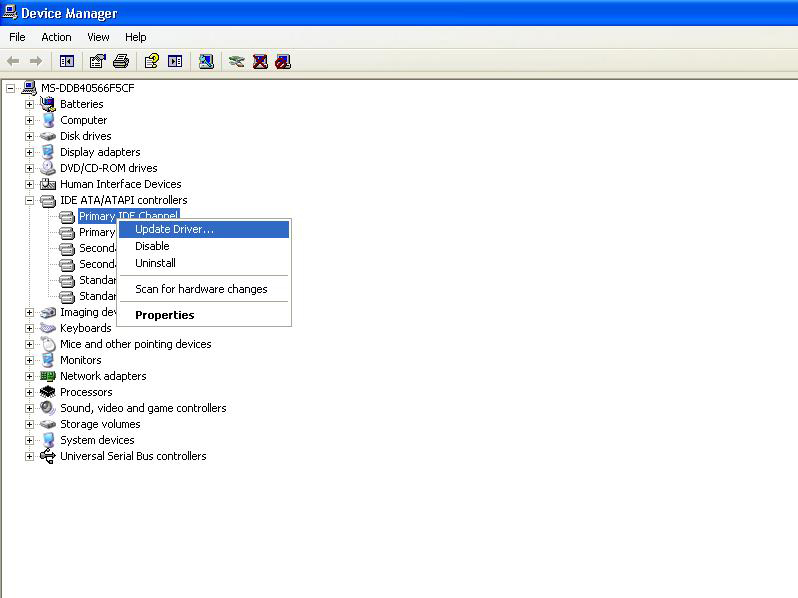


Official advice from vendors like Intel is that you should format the disk, set the controller mode as desired and then reinstall the Windows operating system. Yet if I want to dual-boot with Windows, I need to use RAID to match the currently installed Intel vendor driver.

So what are we to do? If I want to install and run Linux, I need my SSD’s SATA controller to be set to AHCI 1. This can cause failure to boot, with an error message, if the SATA controller is later switched to AHCI mode. Some operating systems, notably Windows Vista, Windows 7, Windows 8 and Windows 10 do not configure themselves to load the AHCI driver upon boot if the SATA-drive controller was not in AHCI mode at the time of installation.

The accusations are corroborated by the Wikipedia article on the subject of AHCI: Windows, without the ability to communicate with the disk correctly, has no real option but to fall on its side with a glum expression and throw the INACCESSIBLE_BOOT_DEVICE error during startup. Herein lies the problem, if the OS is installed while the disk is in one of these other modes (in my case RAID), the driver that would allow us to speak AHCI to our speaking AHCI-speaking SATA storage controller is effectively disabled (even though it is installed). It turns out, to optimize boot times, Windows disables drivers that are deemed unnecessary for startup during installation. Unsurprisingly, Windows 10 failed to boot, electing to display the dreaded sideways smiley face and a suggestion that I read up about the INACCESSIBLE_BOOT_DEVICE error. As a curious scientist with a recovery partition as a safety net, I decided to proceed anyway. A rather scary warning informed me that this would more than likely break my existing partitions. On my XPS I had to navigate to System Configuration > SATA Configuration and switch the radio button selection from RAID On to AHCI. One can easily change this setting in the BIOS. This is typically when the stock disk has been shipped in either IDE (for backwards compatibility purposes) or a vendor specific RAID mode, instead of the native Advanced Host Controller Interface ( AHCI) that exposes some of SATAs more advanced features. A quick search introduced me to a problem I have not encountered before the SSD was likely configured to use a SATA controller mode that did not have a driver in the kernel of the live disk installer. This evening, I was bemused to find a Linux live disk unable to identify the storage volume on my new Dell XPS 13 laptop. For those who don’t care for the learning adventure, just skip to my guide to switch storage controller driver without wrecking Windows.


 0 kommentar(er)
0 kommentar(er)
